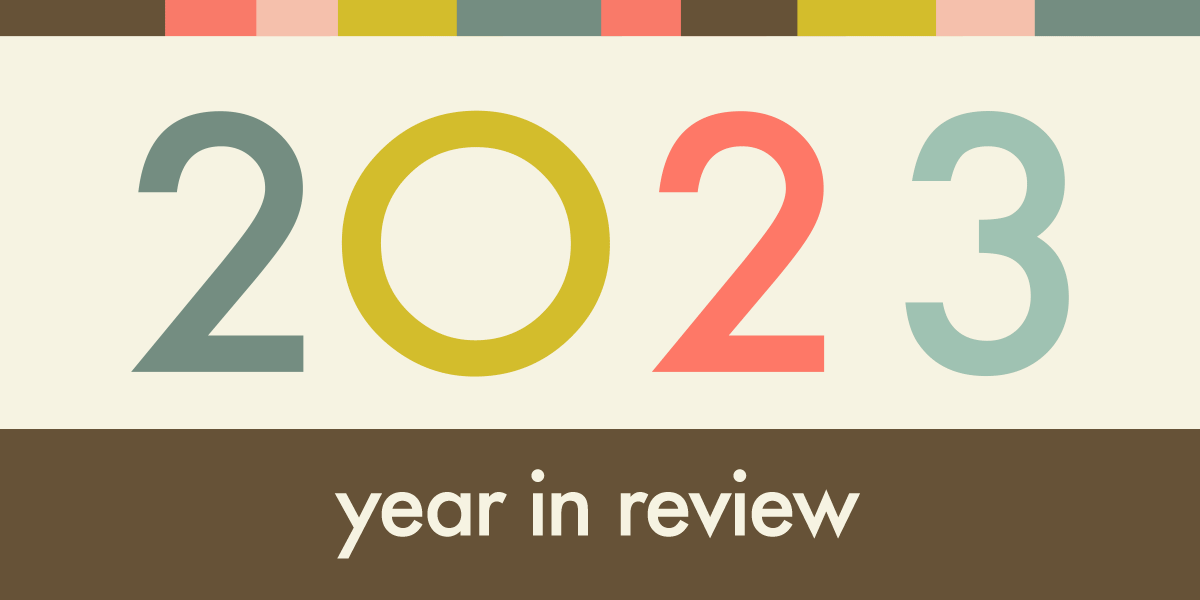EFF has long advocated for affordable, accessible, future-proof internet access for all. Nearly 80% of Americans already consider internet access to be as essential as water and electricity, so as our work, health services, education, entertainment, social lives, etc. increasingly have an online component, we cannot accept a future where the quality of your internet access—and so the quality of your connection to these crucial facets of your life—is determined by geographic, socioeconomic, or otherwise divided lines.
Lawmakers recognized this during the pandemic and set in motion once-in-a-generation opportunities to build the future-proof fiber infrastructure needed to close the digital divide once and for all.
As we exit the pandemic however, that dedication is wavering. Monopolistic internet service providers (ISPs), with business models that created the digital divide in the first place, are doing everything they can to maintain control over the broadband market—including stopping the construction of any infrastructure they do not control. Further, while some government agencies are continuing to make rules to advance equitable and competitive access to broadband, others have not. Regardless, EFF will continue to fight for the vision we’ve long advocated.
New York City Abandons Revolutionary Fiber Plan
This year, New York City Mayor Eric Adams turned his back on the future of broadband accessibility for New Yorkers.
In 2020, then Mayor Bill de Blasio unveiled New York City’s Internet Master Plan to deliver broadband to low-income New Yorkers by investing in public fiber infrastructure. Public fiber infrastructure would have been an investment in New York City’s future, a long-term solution to permanently bridge the digital divide and bring affordable, accessible future-proof service to New Yorkers for generations to come. This kind of public infrastructure, especially if provisioned on an open and affordable basis dramatically lowers barriers to entry, which in turn creates competition, lower prices, and better customer service in the market as a whole.
Mayor Eric Adams not only abandoned this plan, but subsequently introduced a three-year $90 million dollar subsidy plan called Big Apple Connect. Instead of building physical infrastructure to bridge the digital divide for decades to come, New York City will now subsidize NYC’s oligopolist ISPs, Charter Spectrum and Altice, to continue doing business as usual. This does nothing to address the needs of underinvested communities whose legacy networks physically cannot handle a fast connection. All it does is put taxpayer dollars into corporate pockets instead of into infrastructure that actually serves the people.
The Adams administration even asked a cooperatively-run community based ISP that had been a part of the Internet Master Plan and had already installed fiber infrastructure to dismantle their network so the city can further contract with the big ISPs.
California Wavers On Its Commitments
New York City is not the only place public commitment to bridging the digital divide has wavered.
In 2021, California invested nearly $7 billion to bring affordable fiber infrastructure to all Californians. As part of this process California’s Department of Technology was meant to build 10,000 miles of middle-mile fiber infrastructure, the physical foundation through which community-level last mile connections would be built to serve underserved communities for decades to come.
Unfortunately, in August the Department of Technology not only reduced the number of miles to be built but also cut off entire communities that had traditionally been underserved. Despite fierce community pushback, the Department of Technology stuck to their revised plans and awarded contracts accordingly.
Governor Newsom has promised to restore the lost miles in 2024, which EFF and California community groups intend to hold him to, but the fact remains that the reduction of miles should not have been done the way they were.
FCC Rules on Digital Discrimination and Rulemaking on Net Neutrality
On the federal level, the Federal Communications Commission finally received its fifth commissioner in Anna Gomez September of this year, allowing them to begin their rulemaking on net neutrality and promulgate rules on digital discrimination. We submitted comments on the net neutrality proceeding, advocating for a return to light-touch, targeted, and enforceable net neutrality protections for the whole country.
On digital discrimination, EFF applauds the Commission for adopting a disparate treatment as well as disparate impact standard. Companies can now be found liable for digital discrimination not only when they intentionally treat communities differently, but when the impact of their decisions—regardless of intent—affect a community differently. Further, for the first time the Commission recognized the link between historic redlining in housing and digital discrimination, making the connection between the historic underinvestment of lower income communities of color and the continued underinvestment by the monopolistic ISPs.
Next year will bring more fights around broadband implementation. The questions will be who gets funding, whether and where infrastructure gets built, and whether long-neglected communities will finally be heard and brought into the 21st-century or left behind by public neglect or private greed. The path to affordable, accessible, future-proof internet for all will require the political will to invest in physical infrastructure and hold incumbents to nondiscrimination rules that preserve speech and competition online.
This article is part of our Year in Review series. Read other articles about the fight for digital rights in 2023.

